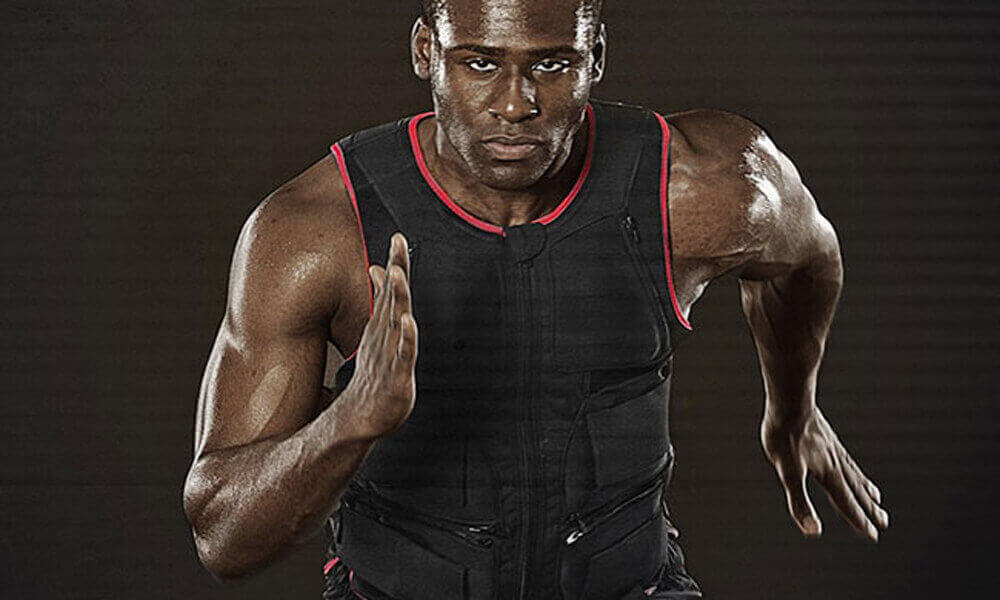How to Train with a Weight Vest? WE’RE BETTING YOU’RE pretty familiar with most of the equipment around the gym by now. Cable machine? Check. Swiss ball? Done. TRX? No problem. But some workout gear (especially the gear that’s a little harder to find in most gyms) can present a challenge to the average dude looking to change up his workout. Even if a guy can get his hands on a quality brand of equipment, how can he put it into use without looking like an idiot—or worse, hurting himself? Case in point: The weight vest.
First off: As with any form of gym equipment, make sure you can do the basics of an exercise before you try it with a weight vest. Start light— here recommends 10 pounds as a good starting weight. It may not sound like much, but your muscles will definitely feel it, and you don’t want to risk joint injury or an unsafe level of exertion by going too heavy, too fast.
Give yourself plenty of room to breathe, too—it’s a weight vest, not a corset.
Weight vests are ideal for athletes who need a lot of power (think football, baseball, or volleyball players) or acceleration (like sprinters), They’re also effective in amping up shorter cardio routines, since they have been shown to increase the metabolic cost of even basic exercise like walking.
“Used very carefully and purposefully, weighted vests can be added to plyometric exercise” like box jumps or squat jumps, “Vests can be a great precursor transitioning from body weight plyometrics into Olympic/power lifting.”
But not everyone should use weight vests for all exercise. Runners, for example, should leave the weight vests at home on their long-distance runs.
starting with a simple dynamic warmup without the weight vest to get your heart pumping and prepare for the more explosive motions and bodyweight exercises in the workout.
Again, before you try any of these exercises with a weight vest, make sure you can do each one absolutely perfectly without it. It’s a good idea to try this workout without a weight vest first, just to determine your readiness. Also—and we can’t stress this enough—be cautious and work out smart. If at any point you feel overworked, or if your form starts to suffer, STOP. Take a break, recuperate, and only complete your workout if you feel like you can handle it.
1. Dynamic Warmup (No vest): 10-15 min.
Start with light calisthenics or jogging, then move up to dynamic stretching exercises (e.g., knee hugs), strengthening exercises (e.g., band walks) and higher-intensity calisthenics (e.g. bounds, hops, and skips.)
2. Box Jumps (10 lb. vest)
Sets: 3 Reps: 8
Do these box jumps as you would normally, but focus on landing quietly when you step down from the box. Don’t smack your feet into the floor—use your leg strength to cushion your landing.
3. Strength Circuit (10 lb. vest): Repeat this circuit 3 times, resting as needed between each circuit.
a. Bulgarian Split Squat (8 reps): Start by elevating your rear foot on a 12” platform.
b. TRX Inverted Row (10-12 reps)
c. Wide Grip Pushups (10-12 reps)
d. Neutral or Prisoner Squats (10 reps)
e. Planks with alternating shoulder taps (for 20 seconds)
4. Cardio Cycling Interval (10 lb. vest)
a. 2-3 mins. seated
b. 4 mins. standing (Work at 80% to 90% of max heart rate)
c. 2-3 mins. seated recovery
d. 4 mins. standing (Work at 80% to 90% of max heart rate)
e. 2 mins. cooldown

